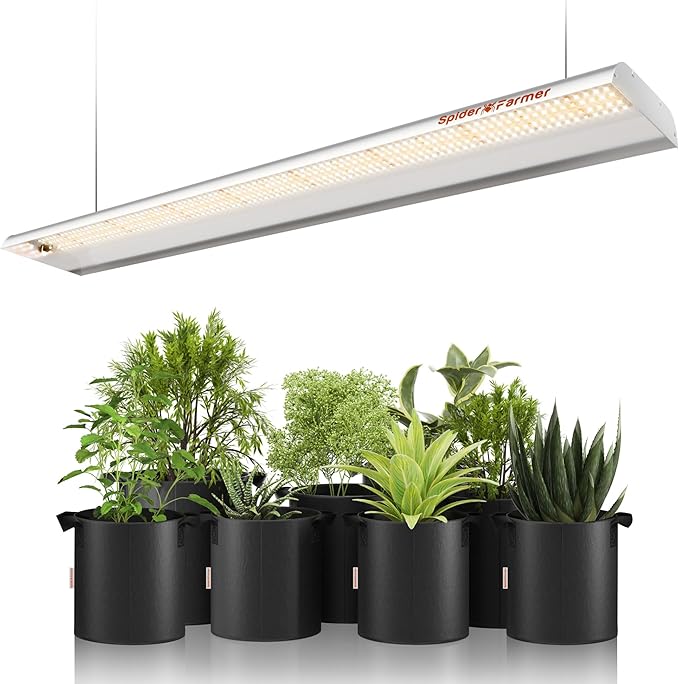
In my mind, shade gardening offers the most rewarding inventory of plants to choose from. But that doesn’t mean these plants don’t come with their own set of challenges—which may or may not stem from the conditions they are built for. The following offer some things to keep in mind as you battle shady conditions while enjoying all that these adventurous plants have to offer. See some new shade plants that are winter-hardy.
Dealing with Root Competition in Shade Caused by Trees
Generally speaking, if you are gardening in the shade, you have shade because of trees, and trees have roots. Though it is counterintuitive, the base of a tree will often have the best soil for getting shade-loving perennials established. There you will find spaces between the larger anchoring roots of the tree and fewer of the feeder roots that will thwart your efforts toward a shaded paradise. It is notoriously hard to establish plants beneath certain trees, such as the western red cedar (Thuja plicata, Zones 3–8) or walnuts (Juglans spp., Zones 3–9). In these instances, it is best to hire the heavy-hitting ground covers that have proven to be effective in establishing themselves in the most-challenging situations.
You may have to resort to getting plants established by adding 6 inches of compost over the feeder roots of existing mature trees. This will aid immensely in giving your selected inventory a head start for a season or two before the feeder roots of your trees usurp the newly added substrate that has been added to their diet; they will believe you have done this for their benefit and will quickly reclaim their territory. Keep in mind, however, that trees are generally welcoming things and, once established, will not resent the presence of other plants amid their root systems. It all makes for a perfectly satisfying relationship for all parties involved.

Dealing with Fungal Diseases That Flourish in Shade
There are many types of fungal diseases, but the most disfiguring—the mildews—require moisture and cool temperatures for establishment. If mildew is problematic, and not due to an ornery climate, consider changing your watering schedule so the foliage of your susceptible shade plants fully dries out by late afternoon. As always, remember that there are lots of good plants out there to trial if one consistently gives you grief. Before spraying any fungicides, consider changing the palette of your planting.

Dealing with Wet Soil in Shady Areas That Make for Anaerobic Conditions
Soil that is continually saturated often leads to airless conditions for the root zones of plants and can be identified easily by a rotten egg odor if dug into. Generously increasing the organic content of this soil with compost will never hurt the situation, but remember to work within your parameters. If your soil is continually wet in some areas of the garden, then select plants that have adapted to those conditions in nature. From buttercups (Ranunculus spp. and cvs., Zones 4–9) to skunk cabbages (Lysichiton camtschatcensis and cvs., and L. americanus and cvs., Zones 5–9), some plants find such digs particularly satisfying.

Daniel Hinkley is a plant explorer, nurseryman, lecturer, and author. His most recent book, Windcliff: A Story of People, Plants, and Gardens, chronicles the evolution of his home landscape.
Fine Gardening Recommended Products

SF600 LED Grow Lights 2x4 ft
Fine Gardening receives a commission for items purchased through links on this site, including Amazon Associates and other affiliate advertising programs.

Berry & Bird Rabbiting Spade, Trenching Shovel
Fine Gardening receives a commission for items purchased through links on this site, including Amazon Associates and other affiliate advertising programs.



















Comments
granny: Interesting and Useful
Log in or create an account to post a comment.
Sign up Log in